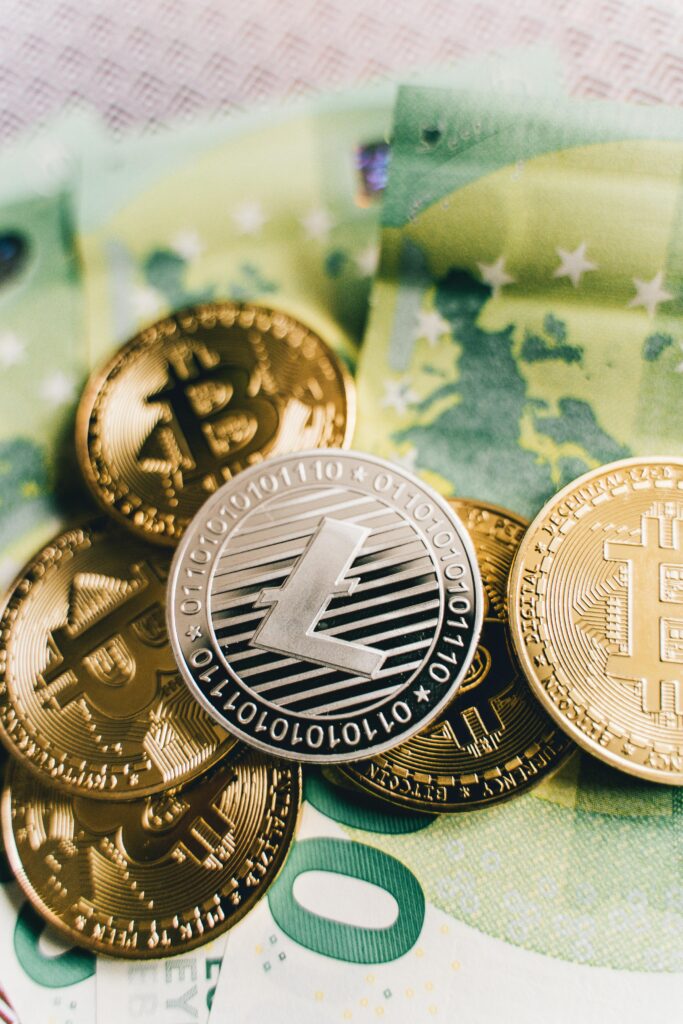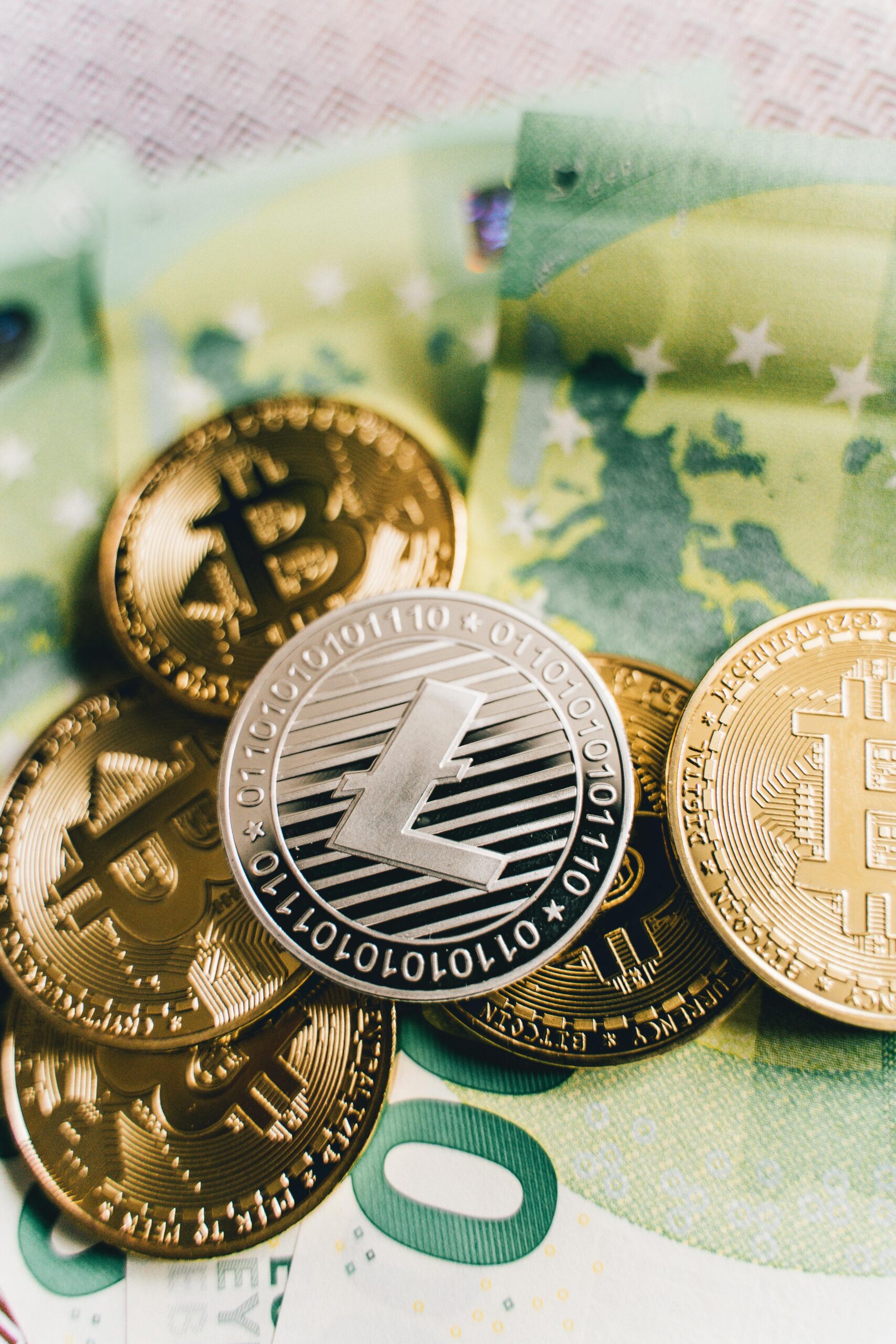
A cryptocurrency, in its entirety, is defined as:
Cryptocurrency is a kind of digital or virtual currency that uses advanced techniques of cryptography for transaction security and control of new unit creation. It is decentralized, meaning not controlled by any government or institution. Though the concept of cryptocurrency had been present since the 1980s, it wasn’t until the release of Bitcoin, in 2009, that the name finally gained some familiarity.
First, let’s start with the very idea of what cryptocurrencies are: how they actually work. Every conventionally made currency-dollar or euro-is created and supplied by the central bank of the country. That’s where their physical value comes in, too-you can actually hold them in your hands. Cryptocurrencies will be digital currencies with no one to create or control this money.
In return, the blockchains allow these cryptocurrencies to be decentralized. A blockchain could be thought of as one type of public ledger that keeps track of the transactions using a particular cryptocurrency. It is not hosted by one individual but by various computers across the globe. The computers add new transactions to the ledger and verify them to help in maintaining the integrity and security of that ledger. How it works, the case whereby one intends to send some cryptocurrency units to another, say a person. He makes a transaction and then broadcasts it across the network. It gets selected by special nodes on the network called miners. Such puzzles are solved using complex algorithms by miners that require considerable computational power.
The first miner to solve this puzzle adds the new transactions to the blockchain and locks them in. The first miner, on his part, earns some cryptocurrency units as reward.
Mining is the process which provides two things: first, securing the network via the great computational power required to make any change in the ledger makes it impossible for a single participant to do so; secondly, incentivizing people to contribute to network maintenance provides decentralization of network control.
Now, about some of the critical features that set cryptocurrencies apart from their traditional brethren, the number of supplies is one great outstanding attribute. Most cryptocurrencies pride themselves in a supply of capped units; therefore, just that number of units will ever exist. In that respect, they differ from the currencies of the world which may be printed or minted according to will and demand by the respective central banks.
The other important attribute is pseudonymity: whereas all these transactions are added to this blockchain register, it does not show who exactly an owner is-it is just some complex cryptographic address. In this way, anonymity is secured to an unprecedented degree, unimaginable in traditional forms of banking. Finally, let’s address some common misconceptions about cryptocurrencies. One such belief is that they are somehow unregulated or “wild west.” The reality is, although not governed by central banks in the same way regular currencies are, most countries have drafted their set of regulations and legislation concerning their use. Secondly, most exchanges-a website you would go to in order to buy, sell, or trade cryptocurrencies-prohibit any of these actions from being taken by users unless they have undergone a process called Know Your Customer, which identifies who they are.
Another myth is that people use cryptocurrencies mainly for illegal activities, ranging from money laundering to buying illicit goods on the dark web. While this may be true for some who have tried using cryptocurrencies for villainous reasons, researchers say that’s an incredibly small portion of the total amount of transactions. But it turns out that the real bulk of users of cryptocurrency today are actually using them for totally legitimate purposes: investing, sending international payments without excessive fees, and even just storing value in general. Cryptocurrency is an electronic money using advanced cryptography methods in securing and verifying a transaction. It is decentralized-no government and institution can control it-and supply is capped. While there are several different cryptocurrencies, they share many of the same basic attributes that define them in contrast to traditional currencies.











